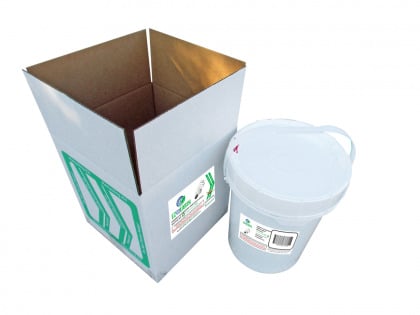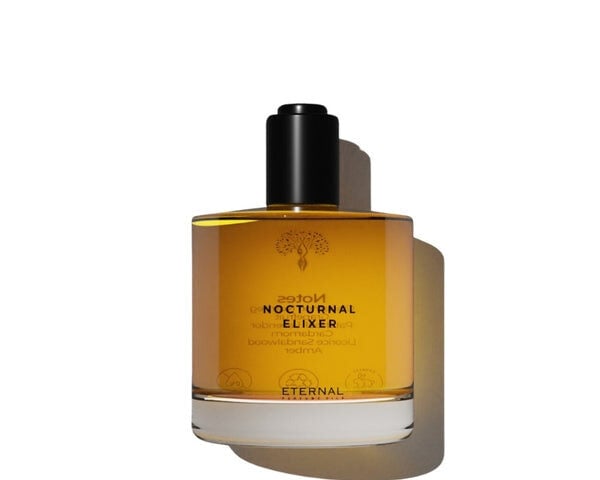Ballasts are essential components used to regulate the current in lighting systems, particularly in fluorescent lamps. While traditional ballasts often contained polychlorinated biphenyls (PCBs), which pose serious environmental and health risks, non-PCB ballast are a safer, more environmentally friendly alternative. In this article, we will explore the benefits of non-PCB ballasts, their applications, and why they are a superior choice for both residential and industrial lighting systems.
What is a Ballast?
A ballast is an electrical device that controls the amount of current flowing through a lighting system. In fluorescent lighting, ballasts are used to limit the current to the lamp, ensuring it operates efficiently and safely. Without a ballast, the current would increase rapidly, potentially damaging the light fixture.
Historically, ballasts used PCBs, which are highly toxic and pose significant environmental risks if improperly disposed of. Due to their persistence in the environment and potential to cause cancer, PCBs were banned in the United States in 1979. However, many older lighting systems still contain PCB ballasts, making the shift to non-PCB ballasts essential.
What is a Non-PCB Ballast?
A non-PCB ballast is a ballast that does not contain polychlorinated biphenyls, making it safer for use and disposal. These ballasts are designed to perform the same functions as traditional PCB-containing ballasts but without the environmental hazards. Today, most new ballasts are manufactured without PCBs and meet modern environmental and safety standards.
Types of Non-PCB Ballasts
There are two main types of non-PCB ballasts used in lighting systems:
- Magnetic Ballasts: These are the older type of ballasts and are still used in some fluorescent lighting systems. Magnetic ballasts use inductive coils to regulate the current in a circuit.
- Electronic Ballasts: These are the more modern and efficient type of ballasts. Electronic ballasts use solid-state electronics to control the current, offering better energy efficiency, quieter operation, and longer lifespan than magnetic ballasts.
Why Choose Non-PCB Ballasts?
1. Environmentally Friendly
The most significant advantage of non-PCB ballasts is their positive impact on the environment. Unlike PCB-containing ballasts, non-PCB ballasts do not release harmful chemicals into the air, soil, or water. This is particularly important during disposal or when a lighting system is replaced, as PCB ballasts can leak toxic substances over time if not handled correctly.
2. Safer for Human Health
PCBs are known to cause serious health problems, including cancer, liver damage, and immune system suppression. Exposure to PCBs can occur through direct contact or by inhaling contaminated air. Non-PCB ballasts eliminate these risks, providing a safer environment for workers, consumers, and the general public.
3. Compliant with Regulations
Using non-PCB ballasts ensures compliance with modern environmental regulations. PCB ballasts are classified as hazardous waste, and disposing of them requires strict adherence to governmental guidelines. Non-PCB ballasts, on the other hand, do not fall under such stringent regulations, making disposal easier and less costly.
4. Energy Efficiency
Non-PCB electronic ballasts are far more energy-efficient than older magnetic ballasts. They regulate the current more precisely, reducing energy consumption and lowering electricity costs. This energy efficiency makes them ideal for businesses and industries looking to reduce their carbon footprint and save on energy bills.
5. Longer Lifespan and Better Performance
Electronic non-PCB ballasts offer a longer lifespan and improved performance over their magnetic counterparts. They produce less heat, operate more quietly, and extend the life of the fluorescent lamps they power. This results in fewer replacements and less maintenance, further reducing costs and environmental impact.
Applications of Non-PCB Ballasts
Non-PCB ballasts are used in various settings where fluorescent lighting is common. Some typical applications include:
- Commercial Buildings: Offices, warehouses, and retail spaces often use fluorescent lighting due to its energy efficiency. Non-PCB ballasts ensure safe operation and compliance with environmental standards.
- Industrial Facilities: Factories and production plants use non-PCB ballasts for lighting to avoid hazardous waste complications and promote worker safety.
- Residential Lighting: Although less common in homes today, fluorescent lights with non-PCB ballasts may still be used in older houses or specialized fixtures.
- Schools and Hospitals: These institutions prioritize safety and sustainability, making non-PCB ballasts a preferred choice for lighting systems.
Disposing of PCB Ballasts
If you are upgrading to non-PCB ballasts, it’s crucial to properly dispose of any old PCB-containing ballasts. Because PCBs are classified as hazardous waste, disposal must follow specific regulations. Here are the key steps to properly handle and dispose of PCB ballasts:
- Identify PCB Ballasts: Check the labels on your ballasts. If they were manufactured before 1979, they likely contain PCBs. Look for terms like “PCB” or “Contains PCBs” on the label.
- Use Certified Disposal Services: PCB ballasts must be disposed of through certified hazardous waste disposal services. These services follow strict protocols to ensure that PCBs are handled safely and that the environment is not contaminated.
- Do Not Incinerate: Never attempt to burn PCB ballasts, as this releases harmful chemicals into the air.
- Consider Recycling Programs: Some recycling programs specialize in electronic waste and may accept old PCB ballasts for safe disposal or recycling.
Conclusion
Switching to non-PCB ballasts is a crucial step toward safer, more sustainable lighting solutions. Not only do they protect the environment from harmful toxins, but they also offer improved energy efficiency, better performance, and compliance with modern safety regulations. As we move towards greener practices, adopting non-PCB ballasts is a responsible choice for both residential and industrial lighting systems.



